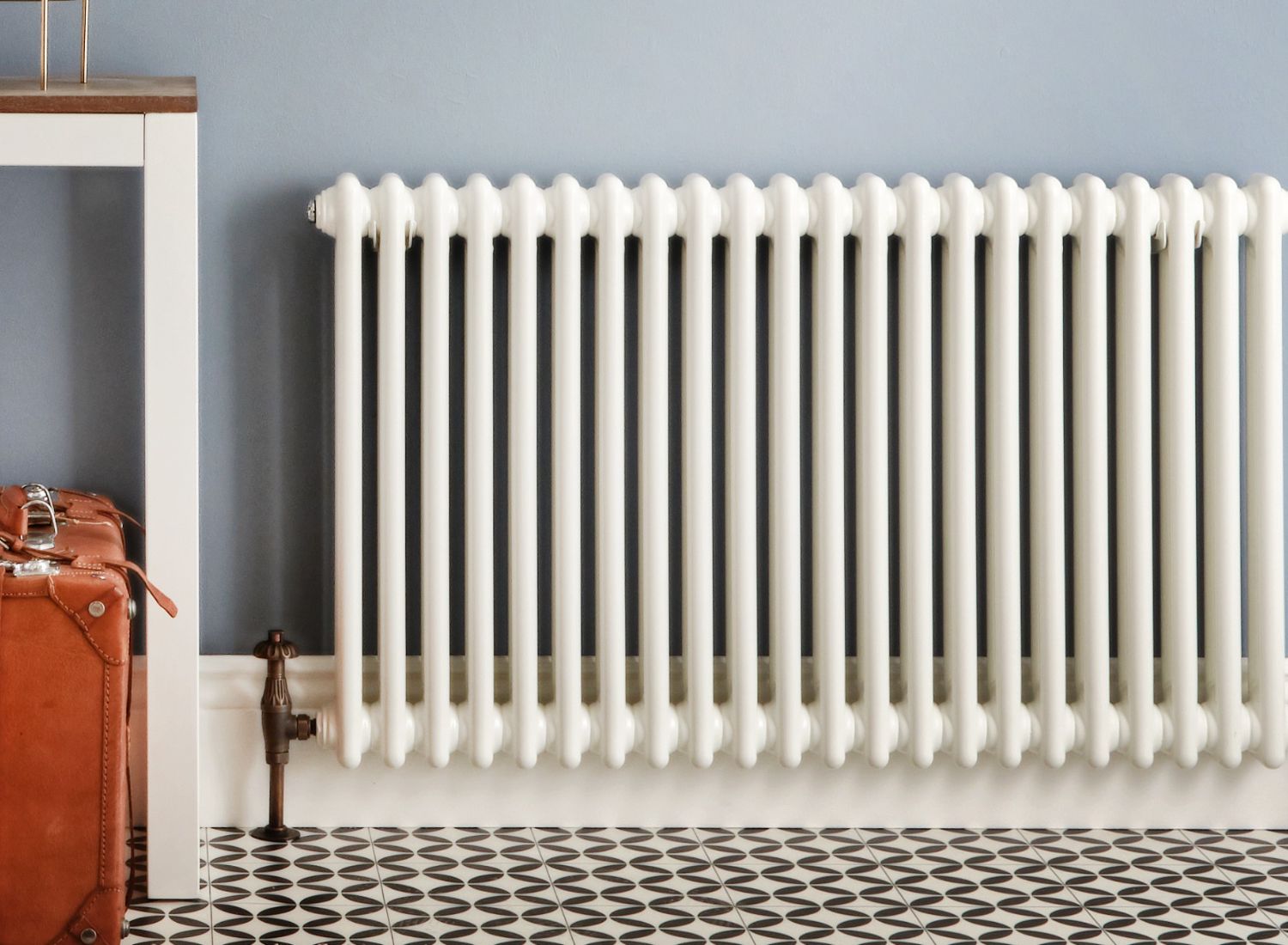How To Diagnose The Efficiency Of Your Radiator

Radiators and central heating are both integral parts of our homes – they help us to create a warm, cosy atmosphere in the cold weather for our families and friends to enjoy, but how do you know whether they are heating as effectively as possible? Various factors can have an impact on how well your radiators heat your home, like cold spots, internal sludge, and incorrect BTU – read on for more on how to diagnose how efficiently your radiators heat your home, and how to improve their performance.
Why is the efficiency of your heating important?
You need your radiators uk to be as efficient as possible so that you can stay warm without wasting energy. With the cost of living and the amount that we are spending monthly on our household bills going up, it is more important than ever to ensure maximum efficiency from both your boiler and your radiators. Efficient heating means a warm and cosy home when you need it most, without racking up your energy bills. So, how can you tell if your heating system is working as efficiently as possible? Read on to find out!
How can you tell how efficient your heating is?
There are a few ways that you’ll be able to tell how effective your boiler and radiators are at heating your home, and you can check this easily in a few simple steps. Firstly, turn your thermostat on to a constant setting so all the radiators around your house begin to heat up. Walk around and feel that each radiator is heating up as it should – be careful not to burn yourself when you’re doing this! Now, there are a few things to look out for when feeling the heat from your radiator, they are as follows:
Cold spots at the top
If you run your hand across your radiator and you find that there are cold spots at the top that are preventing your radiator from heating up as it should, this could mean that there is air in the system. These air bubbles can prevent your radiators from heating as they should and means they will not be heating your home as effectively. To get rid of any cold spots in your radiator, you should bleed your radiator – you can do this easily at home, it helps to let the air out so you can benefit from a radiator that heats throughout.
Cold spots at the bottom
You may not realise this, but if you notice that your radiator is cold at the bottom, this is actually a different problem from finding cold spots at the top. If your radiator is not heating as it should at the bottom, this usually means that there is sludge in the system – this happens due to a build-up of rust and debris that prevents your radiator from getting warm. This will require a flush, which you can perform yourself, or you could get a plumber to do it for you. This will allow water to flow throughout, improving the efficiency of your system.
Rooms take longer to heat up
Maybe you’re finding that in the cold weather, your home is taking longer to heat up. If you have noticed that your home is feeling colder, or there is a distinct and noticeable change in the level of warmth you feel when you turn your heating on, this may be an indication that your radiator is no longer heating up efficiently. You want a system that will heat up as quickly as possible to provide essential heat to your home without using excess energy. This could indicate an issue with your boiler, or you may need new radiators.
BTU
Before you buy a new radiator, it is essential that you work out the BTU that you need for each room. BTU stands for British Thermal Unit and each radiator comes with a specific measurement. There are various steps to take to help you work out the BTU necessary to heat your room, like the size, whether you lose heat from windows, and whether your room has external walls. You can follow an online guide to help you with this. Working out the BTU you need means that you can choose a radiator that is most suitable and effective for your home, meaning improved efficiency and a cosy, warm environment.
How to improve efficiency
So, your heating isn’t as efficient as you’d hoped – your radiators have been flushed and bled, but they’re still not heating your home as you’d like. Here are a few ways that you can improve radiator efficiency to help you improve the heating in your home.
- Placement: Make sure that your radiators aren’t covered by any heavy furniture, like a sofa or curtains – they could be absorbing the heat that your radiators are putting out, and not allowing the heat to circulate around your room properly.
- Update your boiler: If your boiler is old, it may be time for an upgrade. Your boiler is an essential part of your heating system, and if you have had it for a while, it may be that is it no longer working as effectively as it once was. A new, more energy-efficient boiler could be the solution to your problems!
- Insulate: Is your home well insulated? If not, the heat from your radiators may be escaping. Ensure that your windows are sealed correctly and that you exclude drafts where possible. You should also ensure that there is insulation in your roof and wall cavities.



